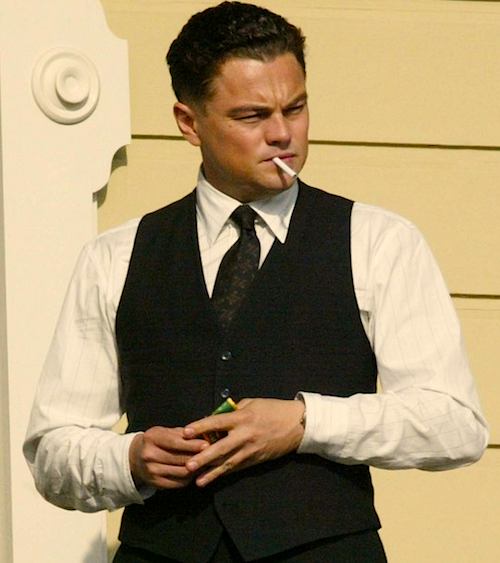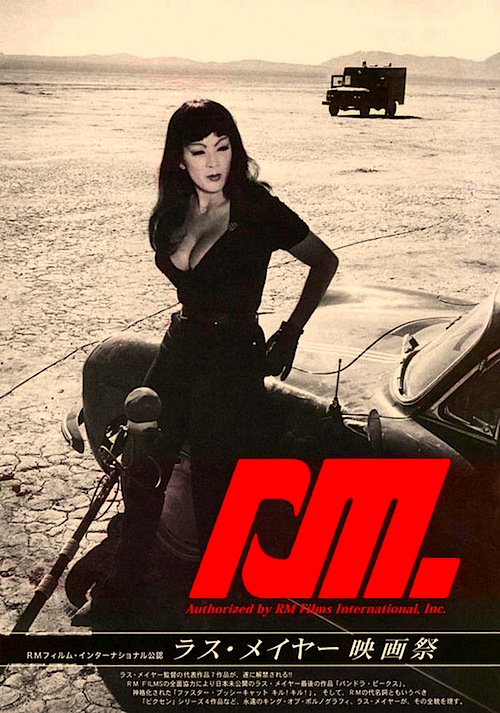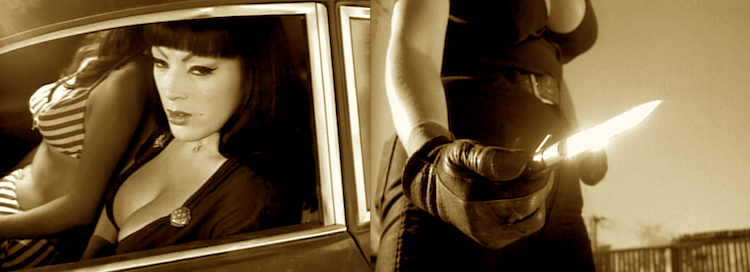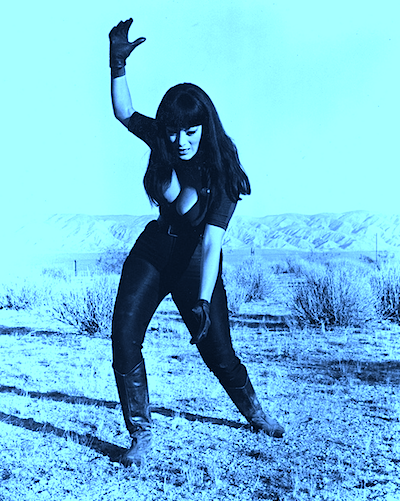By Joe Bendel. It is quite the literate field for this year’s Oscar nominated short films. Two are based on acclaimed children’s books and one was inspired by the creator’s travel journal. All three are accomplished films, worthy of the ultimate prize. All five 2011 nominees along with two other shortlisted films screen as part of the program of Academy Award nominated shorts, which opened this past Friday in New York at the IFC Center.
If King’s Speech sweeps this year’s Oscars, perhaps it will pull along Jakob Schuh and Max Lang’s The Gruffalo along with it. After all, it features the voice talents of Helena Bonham Carter as a mother squirrel, who tells her children the tale of a rather resourceful mouse. The rodent-protagonist scares off various forest predators with tales of his supposed friend, the dread Gruffalo. Much to the mouse’s surprise, the Gruffalo really exists, looking pretty much as he described, but with the voice of Robbie Coltrane. While older viewers will probably have a good idea where Gruffalo is heading right from the start, it is a charming film with some rather clever bits of business, wholly appropriate for all ages.
While Shaun Tan and Andrew Ruhemann’s The Lost Thing is also based on a children’s book (written and illustrated by Tan), it is told from the reflective perspective of a man of somewhat mature age wistfully looking back at a mysterious event from his childhood. Discovering some sort of alien or fantastical creature at the beach (apparently a mollusk in an armored tea kettle), the narrator tries to figure out what to do with this new friend the adult world tries its best to ignore. A strange but gentle fable, Thing is visually arresting and surprisingly meditative. It is easily the most substantive of the animated nominees.
Stylistically, Bastien Dubois’s Madagascar, carnet de voyage is by far the animated line-up’s most distinctive work. Employing watercolor and sketches of varying degrees of sketchiness, Dubois vividly brings his travel journal-scrap-book to life, animating episodes from his year-long sojourn through Madagascar. In terms of story, it is a wee bit thin. Indeed, it could easily serve as a promotional film for Madagascar’s tourism bureau, but its graceful élan and spirited vibe distinguishes Carnet apart from the competition.
The only real clunker amongst the nominated field is probably the leading contender, Geefwee Boedoe’s one-note didactic anti-capitalist polemic Let’s Pollute. This year’s Pixar slot was filled by Teddy Newton’s Day & Night, which is as safe and pleasant as one might expect. Rounding out the animation program are two shortlisted titles that did not make the final cut. Bill Plympton’s The Cow Who Wanted to be a Hamburger was probably selected simply on the basis of the filmmaker’s reputation. By contrast, Moritz Mayerhofer’s archetypal Urs is a striking work that might have benefited from a bit more narrative muscle.
This is a stronger year than usual for Oscar nominated short form animation, with at least three very strong films still in contention. Indeed, the combination of Gruffalo, Thing, and Carnet (and to a lesser extent Urs) makes the animated program well worth seeing in New York currently at the IFC Center.
Posted on February 14th, 2011 at 10:42am.





